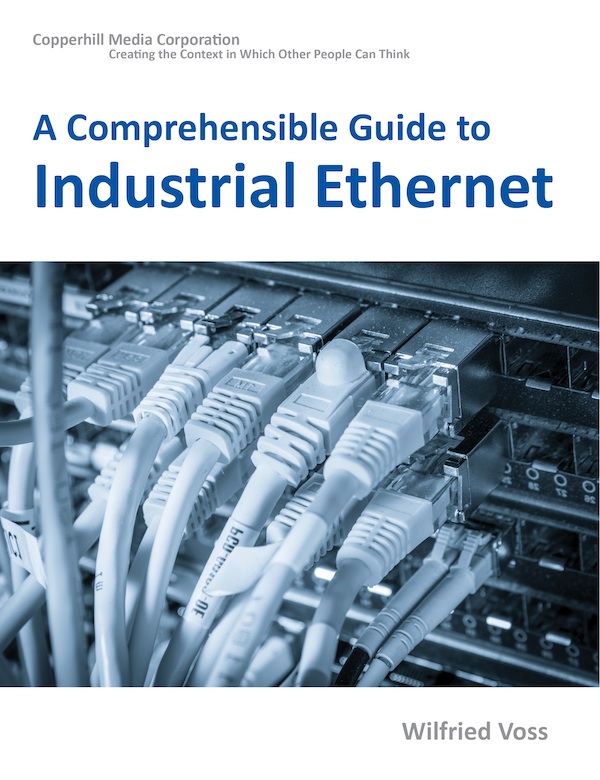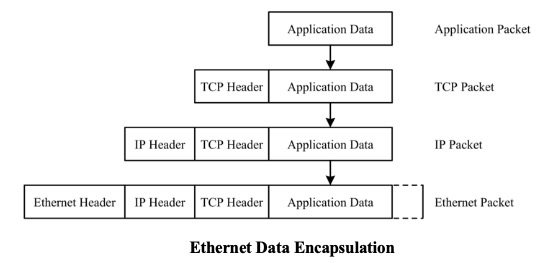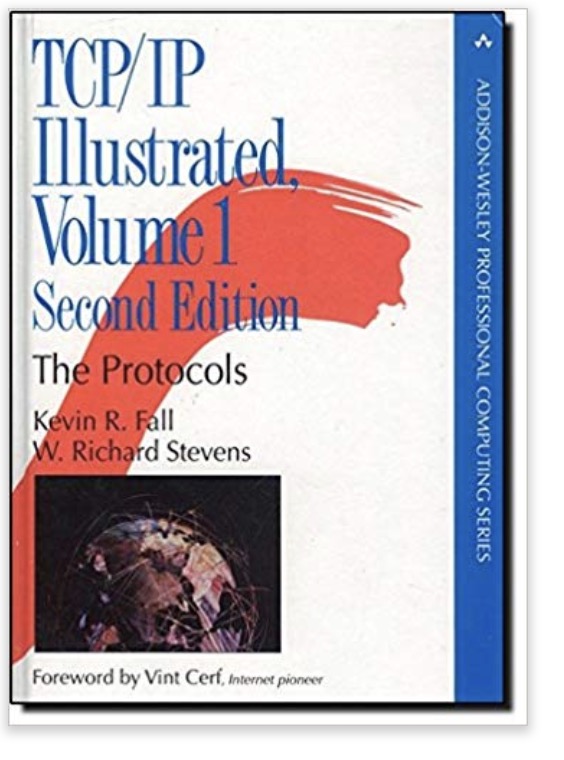Recent Posts
Industrial Ethernet Guide - Standard Ethernet TCP/IP
Posted by on

The following is part of A Comprehensible Guide to Industrial Ethernet by Wilfried Voss.
As the term Ethernet TCP/IP (Transmission Control Protocol / Internet Protocol) indicates, Ethernet TCP/IP is not a single protocol.
It comprises of a full suite of protocols based on the two original protocols TCP and IP. In other words, Ethernet TCP/IP is a layered protocol, where each layer builds upon its lower layer, adding new functionality.
Starting at the application layer, each set of data is wrapped inside the next lower layer protocol, similar to wrapping letters inside an envelope.
The application creates the data, the transport layer wraps that data inside its format, the network layer wraps the data it receives, and the link layer encapsulates the data and transmits it.

TCP/IP Illustrated, Volume 1: The Protocols
TCP/IP Illustrated, Volume 1, Second Edition, is a detailed and visual guide to today’s TCP/IP protocol suite. Fully updated for the newest innovations, it demonstrates each protocol in action through realistic examples from modern Linux, Windows, and Mac OS environments. There’s no better way to discover why TCP/IP works as it does, how it reacts to standard conditions, and how to apply it in your applications and networks.
Building on the late W. Richard Stevens’ classic first edition, author Kevin R. Fall adds his cutting-edge experience as a leader in TCP/IP protocol research, updating the book to reflect the latest protocols and best practices fully. He first introduces TCP/IP’s core goals and architectural concepts, showing how they can robustly connect diverse networks and support multiple services running concurrently. Next, he carefully explains Internet addressing in both IPv4 and IPv6 networks. Then, he walks through TCP/IP’s structure and function from the bottom up: from link layer protocols–such as Ethernet and Wi-Fi–through the network, transport, and application layers.
 Loading... Please wait...
Loading... Please wait...

